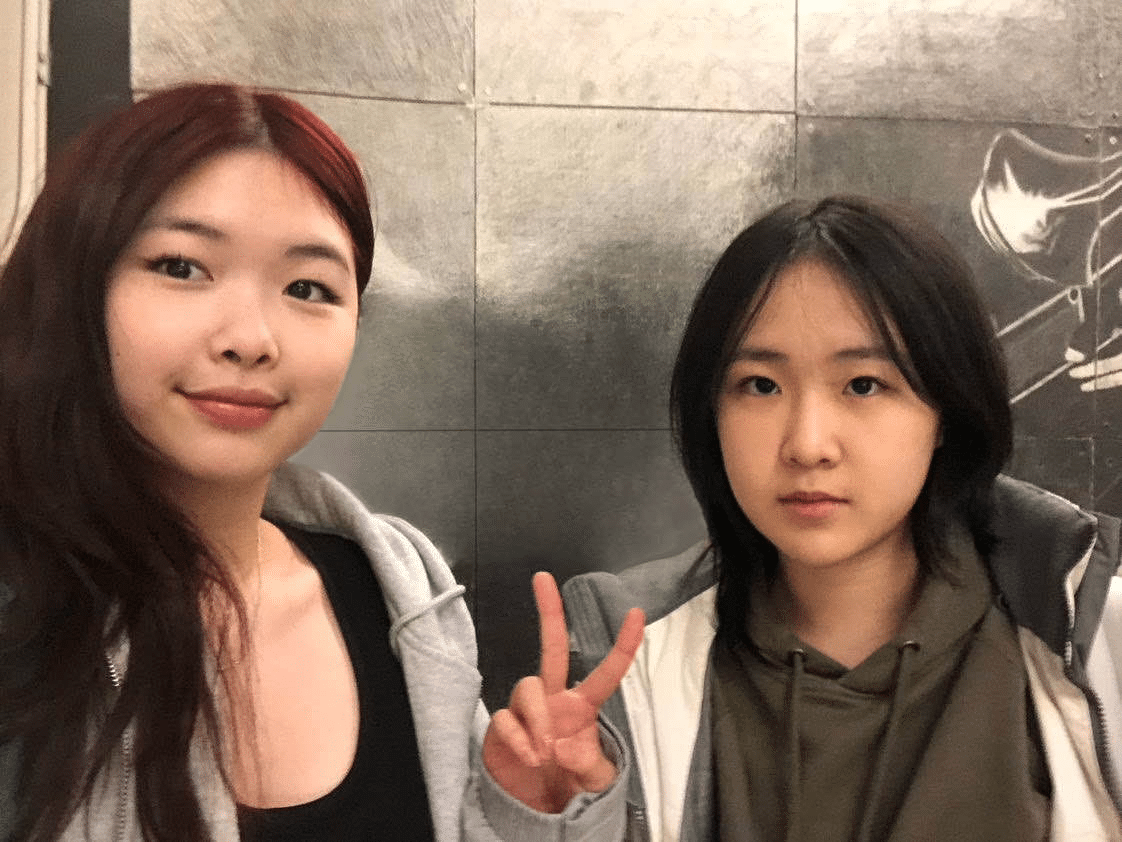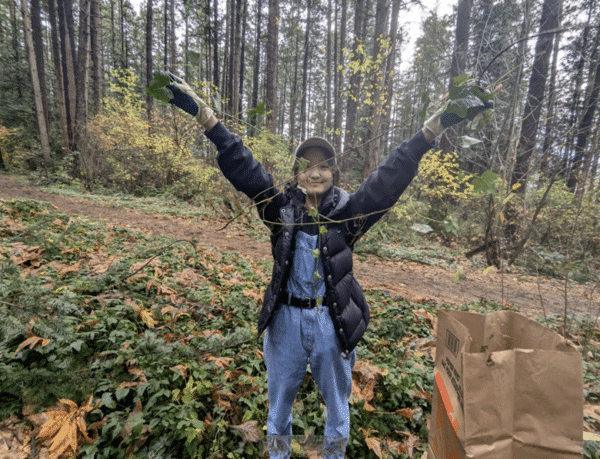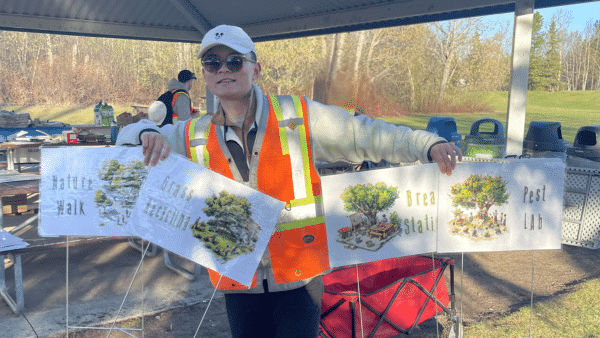June 26, 2024
Alicia Yan and Hebbe Yuan, founders of the non-profit organization, ‘Rescue-A-Plan(e)t’, have an inspiring story of how their culture, education, innovation and dedication led to them to create this transformative organization. They share their story in their own words:
How it Began
We were highschoolers, often rarely considering the relevance of our teacher’s frequent anecdotes and brief conversations. But when he posed the question: “What issues are happening in your community?” we realized we were both impacted by the smothering invasive plant, english ivy (Hedera helix). Though aware of how english ivy suffocated plants and new life in our mothers’ gardens, neither of us knew it was a common issue for others as well.

Through our discussions, we discovered that our mothers had similar approaches to the problem: repurposing the ivy. The root of the solution derived from our cultural Chinese backgrounds and the prominence of Chinese medicine in our households. Our mothers would burn, dissolve, compress, or boil an invasive species into some solution, deeming it to have medicinal properties. This concept became the foundation of our ‘Repurpose Project’.
What made us realize the scope of the invasive species crisis was being approached by our elderly neighbors, asking for our assistance in removing weeds from their gardens. They expressed their frustrations with dying crops that refused to thrive, choked out by invasive plant species. The physical toll of weed removal was impossible for them so we lent a helping hand, clearing their overgrown gardens. Our efforts bore fruit, in the form of thriving crops and the radiant smiles and heartfelt gratitude of our neighbors. More importantly, we witnessed how numerous individuals in our community were affected by this pervasive issue. After further research, we realized the problem extended beyond individual gardens. Invasive species were, in fact, at the root of a larger global crisis: the loss of biodiversity in ecosystems. Armed with this knowledge and inspired by the impact we had experienced firsthand, we felt compelled to take action.
While still dedicated to helping in our communities, we wanted our impacts to stretch past the mere removal of invasive plants – using the material to create novelties. We wanted to use the plants as pigments, designs and inspiration, implementing them into our products. Thus, our non-profit organization, Rescue-A-Plan(e)t, was born.
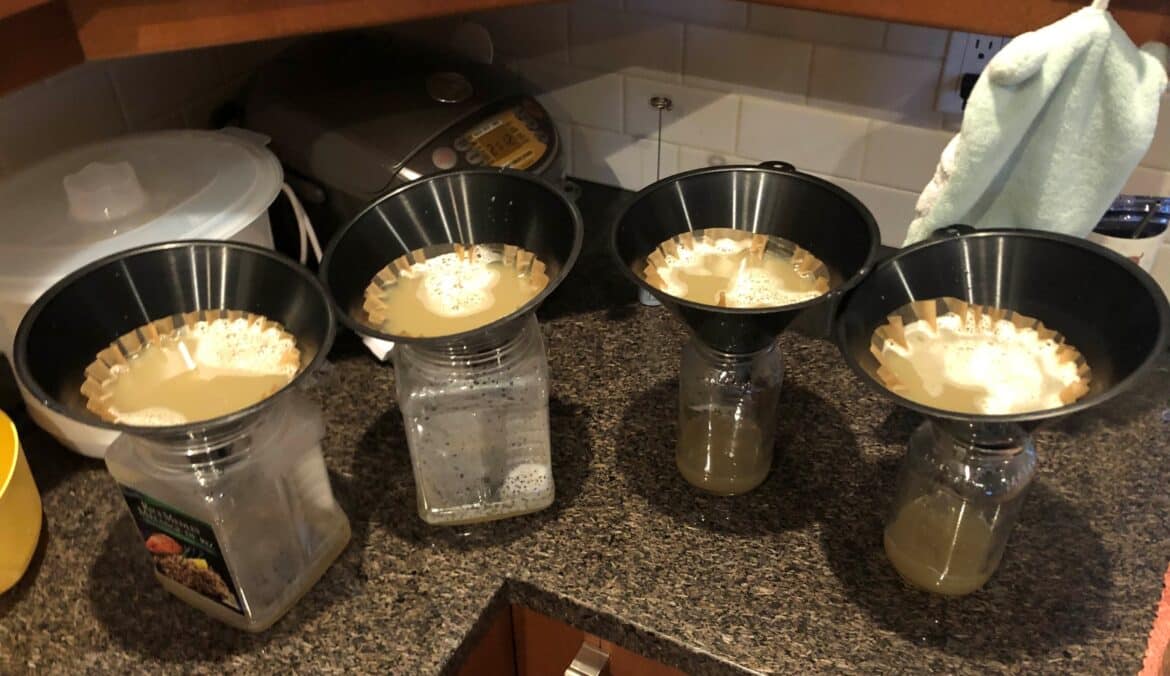
Learning By Experience
Initially, we proposed isolating invasive species into pots to give as gifts. Upon research and professional guidance, we quickly realized this approach would exacerbate the spread of invasive species. We pondered how we could still repurpose these species safely into gifts or products. This dilemma birthed the ‘Repurpose Project,’ inspired by our passion for environmental conservation and desire to create unique products. We now partner with organizations like BroomBusters to collect invasive plant remains, transforming them into products such as candles and air fresheners, ensuring no seeds are spread. Our goal is to sell these repurposed items to raise awareness about invasive species and fund larger conservation efforts. Through this project, we hope to see increased community engagement and awareness, and to financially support more extensive invasive species management initiatives.
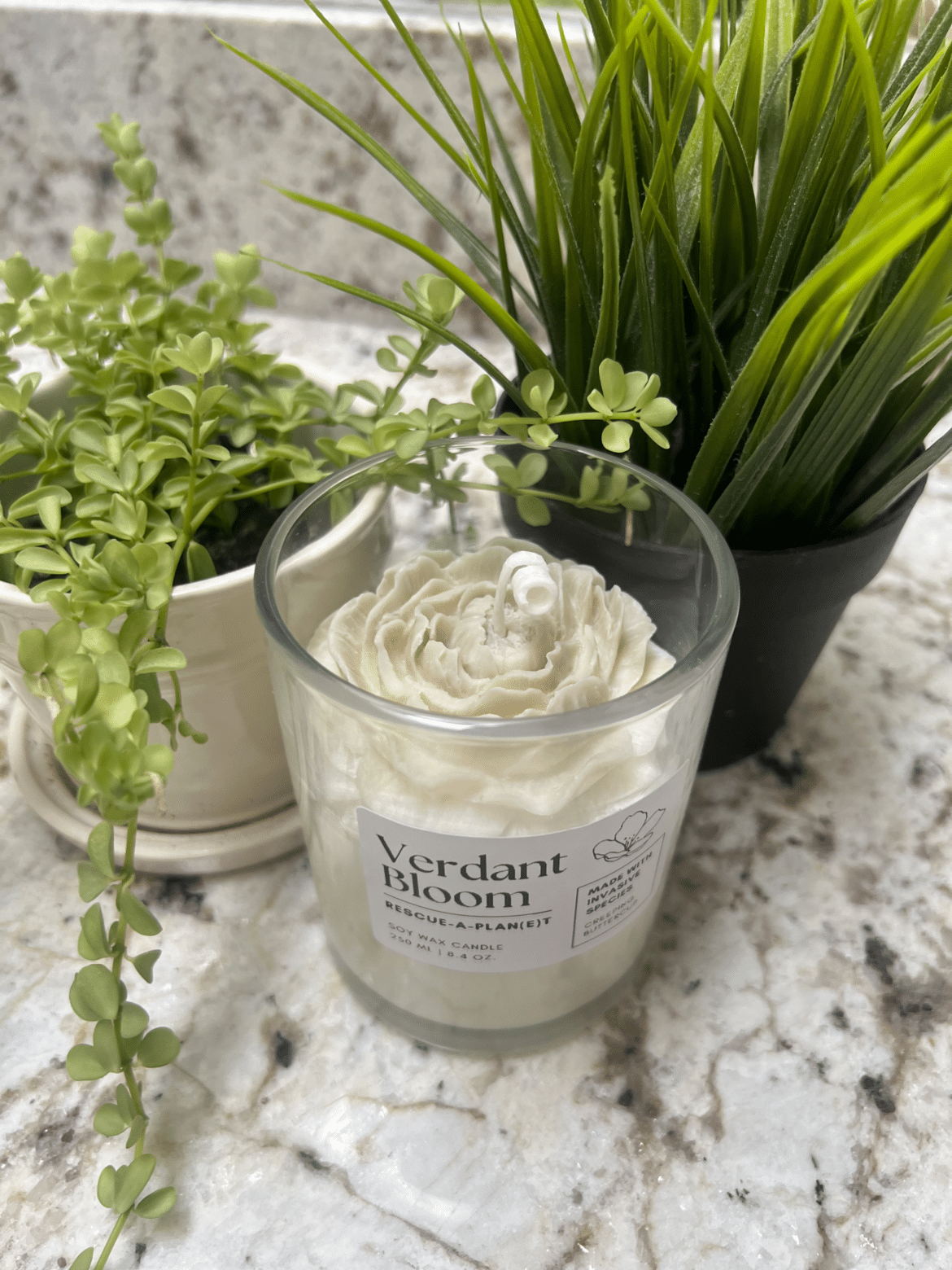
Through this experience, we gleaned the importance of meticulous research and expert consultation. It instilled in us the values of adaptability and innovation, crafting solutions aligned with our goals while avoiding unintended consequences. Ultimately, this challenge reinforced our dedication to fostering positive environmental impact through strategic planning and collaborative efforts.
Making a Meaningful Impact
For those interested in getting involved in invasive species management or land stewardship, start by educating yourself about local ecosystems and the specific invasive species that threaten them. Engage with local environmental groups and volunteers, joining their projects to gain hands-on experience. This was our approach when we founded Rescue-A-Plan(e)t. We connected with organizations like BroomBusters and ISCBC, who were already doing incredible work in invasive species removal. Through their guidance, we learned all about tackling environmental challenges. But even small actions can make a big difference. Be mindful how you move through natural areas to avoid spreading seeds unintentionally: clean your shoes, gear, and pets after outdoor activities. Our Repurpose Project also emphasizes this idea, as we process invasive plant remains in such a way that prevents any further spread. By combining education, hands-on experience, careful practices, and innovative solutions, you can make a meaningful impact in invasive species management.
Learn more about Rescue-A-Plan(e)t:
Instagram – @rescueaplanet
tiktok – @rescue.a.planet

Funded by the Government of Canada.
Financé par le gouvernement du Canada.
Share


